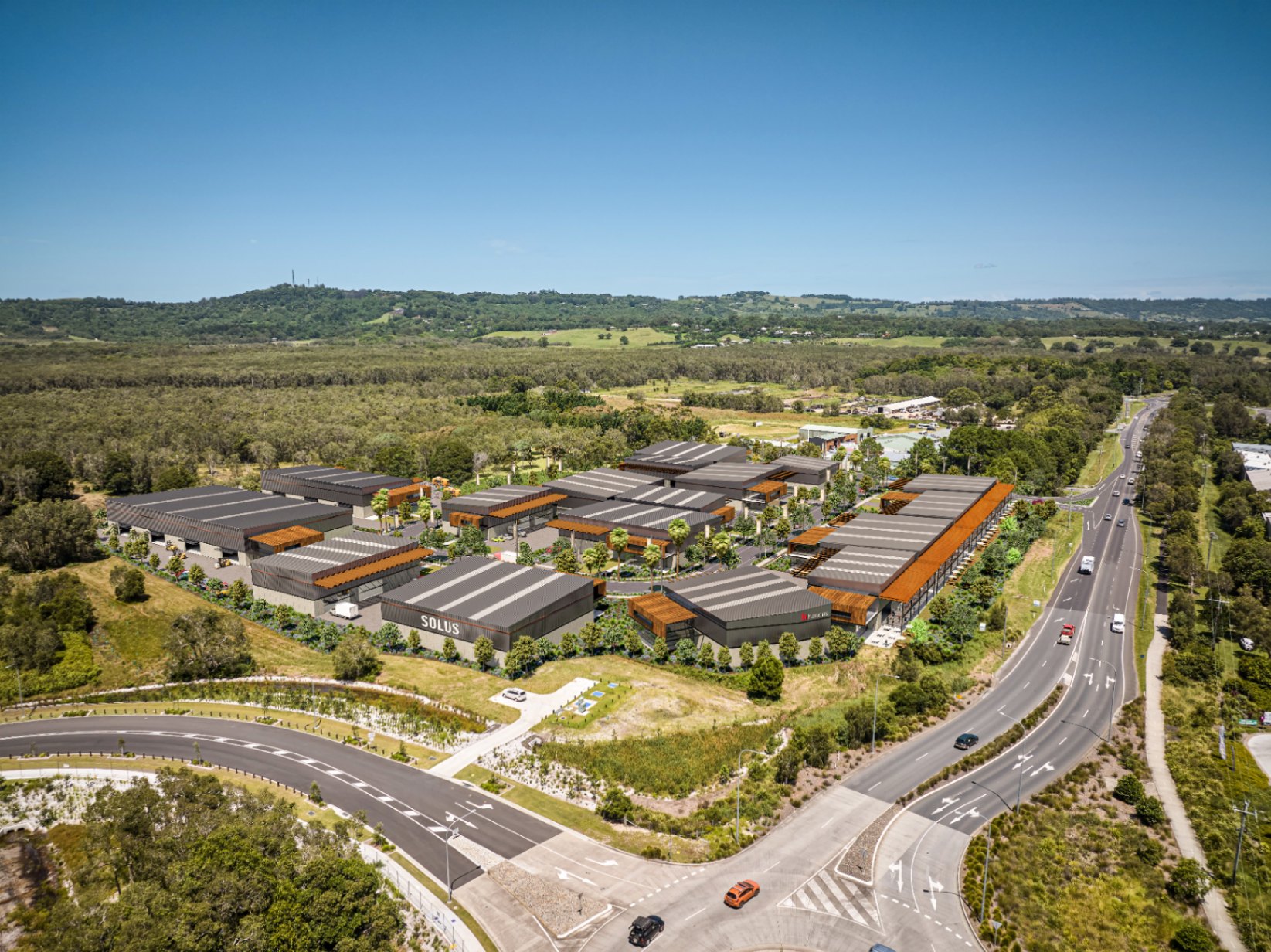Owning commercial property is a long-term investment. While rental income and capital growth are attractive, ongoing maintenance costs can put pressure on cash flow if not planned for. A sinking fund is a smart way to prepare for these expenses. It ensures that money is available when major repairs or replacements are needed, protecting both the property’s value and the investor’s returns.
A sinking fund is a dedicated pool of money set aside to cover major, non-routine expenses. For commercial property, this could include:
Unlike day-to-day maintenance, these are large costs that don’t occur every year but can be substantial when they do.
 Coposit | Buy with $20K | Off the plan commercial property
Coposit | Buy with $20K | Off the plan commercial property Solus Industrial Byron Bay | Secure with $40k and $39,102 x 8 weeks
Commercial property investors rely on steady income streams. Unexpected expenses can disrupt this and reduce profitability. By contributing regularly to a sinking fund, owners and body corporates can:
Start with a maintenance plan. Identify the lifespan of key assets like lifts, roofs, and HVAC systems. Estimate replacement costs and the year they’re likely to occur.
Divide the total projected costs by the number of years until replacement. This gives you an annual contribution target. For example, if a roof replacement will cost $200,000 in 20 years, you’ll need to set aside $10,000 per year.
Keep sinking fund contributions separate from operating accounts. This ensures the money is preserved and used only for its intended purpose.
Costs can rise over time, and property use may change. Regularly review the fund’s balance against projected expenses to ensure contributions are adequate.
 Coposit | Buy with $30K | Off the plan commercial property
Coposit | Buy with $30K | Off the plan commercial property Solus Industrial Byron Bay | Secure with $40k and $37,852 x 8 weeks
When buying commercial property off the plan, a sinking fund should be part of the initial planning. Developers often prepare a sinking fund forecast for strata-titled properties. Early contributions mean future owners are protected from sudden levies or large one-off bills. For investors, this makes the property more attractive and financially predictable.
Coposit is designed to make buying property more accessible. Instead of paying the full deposit upfront, buyers can secure a property with just $10,000 and then pay the balance in weekly instalments until settlement. While separate from a sinking fund, this approach teaches disciplined saving. Investors who use Coposit for off the plan purchases can continue applying the same strategy when building a sinking fund for long-term property maintenance.
 Coposit | Buy with $40K | Off the plan commercial property
Coposit | Buy with $40K | Off the plan commercial property Solus Industrial Byron Bay | Secure with $40k and $36,602 x 8 weeks
A sinking fund is not just about saving for repairs. It is about protecting rental income, preserving capital value, and ensuring your commercial property continues to perform over the long term. By planning ahead, investors can manage costs smoothly and keep their property investment on track.
 Coposit | Buy with $50K | Off the plan commercial property
Coposit | Buy with $50K | Off the plan commercial property Solus Industrial Byron Bay | Secure with $50k and $35,352 x 8 weeks
Share this article
© 2025 Copyright Coposit.
